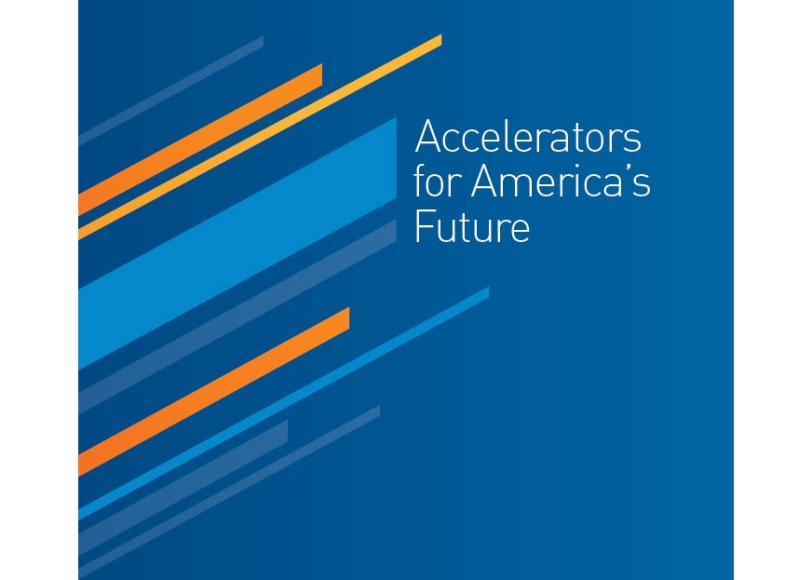Crowd-sourcing the Future of Accelerators
Accelerator technology has made huge leaps forward, prompting important developments well beyond high energy physics in areas as diverse as energy and the environment, medicine, industry, national security and discovery science.
By Janet Rae-Dupree
Accelerator technology has made huge leaps forward, prompting important developments well beyond high energy physics in areas as diverse as energy and the environment, medicine, industry, national security and discovery science. But the capacity to translate accelerator breakthroughs into commercial applications has lagged behind.
Now Congressional leaders, following up on a 2010 report called "Accelerators for America’s Future," want to figure out how to bridge that divide. The Senate Appropriations Committee has asked the Department of Energy to submit a 10-year strategic plan outlining how best to streamline the transfer of accelerator research and development work into the marketplace.
As part of that, Norbert Holtkamp, director of the SLAC Accelerator Directorate, is chairing a task force to identify strategic research opportunities, their possible costs, and potential impediments to translating that work into the marketplace.
It’s a daunting task set before him by Jim Siegrist, associate director of the Department of Energy’s Office of High Energy Physics, but Holtkamp only has until Feb. 1 to report back. So, with a small panel of representatives from various national labs, universities and industry, Holtkamp has turned to social media – a blog – to gather input as fast and as broadly as possible from the customers of accelerator science – other government agencies, industry and scientists of myriad descriptions.
The blog-based conversation thus far has been intriguing. In a Jan. 4 post, Rod Loewen, co-founder of Lyncean Technologies, Inc., wrote:
“My personal opinion is that small businesses are the engines of innovation. Scientists in academic and national labs, however, have big ideas that may take more than a publication or proof-of-principle experiment to convince commercial entities of real technological progress. ... I believe much of the divide between the culture of big labs and industry is the isolation between the two: commercial entities have to work together to be efficient, including R&D, while labs tend to do everything they can in-house. The natural interconnections in the commercial world provide direct feedback of what demands and deficiencies exist in industry – something the scientist in a lab seldom sees.”
Other posts suggest specific efforts that could advance proton and other particle therapies for cancer treatment, the need for further research on beam splitting, and a commercial interest in developing more reliable accelerator systems.
“The blog is a mechanism to get more input and make sure we don’t forget anything, that we see everything,” Holtkamp said. “And we want to answer key questions: What prevents industry from having easy access to accelerator scientists? What are the barriers to a smooth flow of information between R&D and industry? Where do the present mechanisms break down, and where are they simply not fast enough?”
